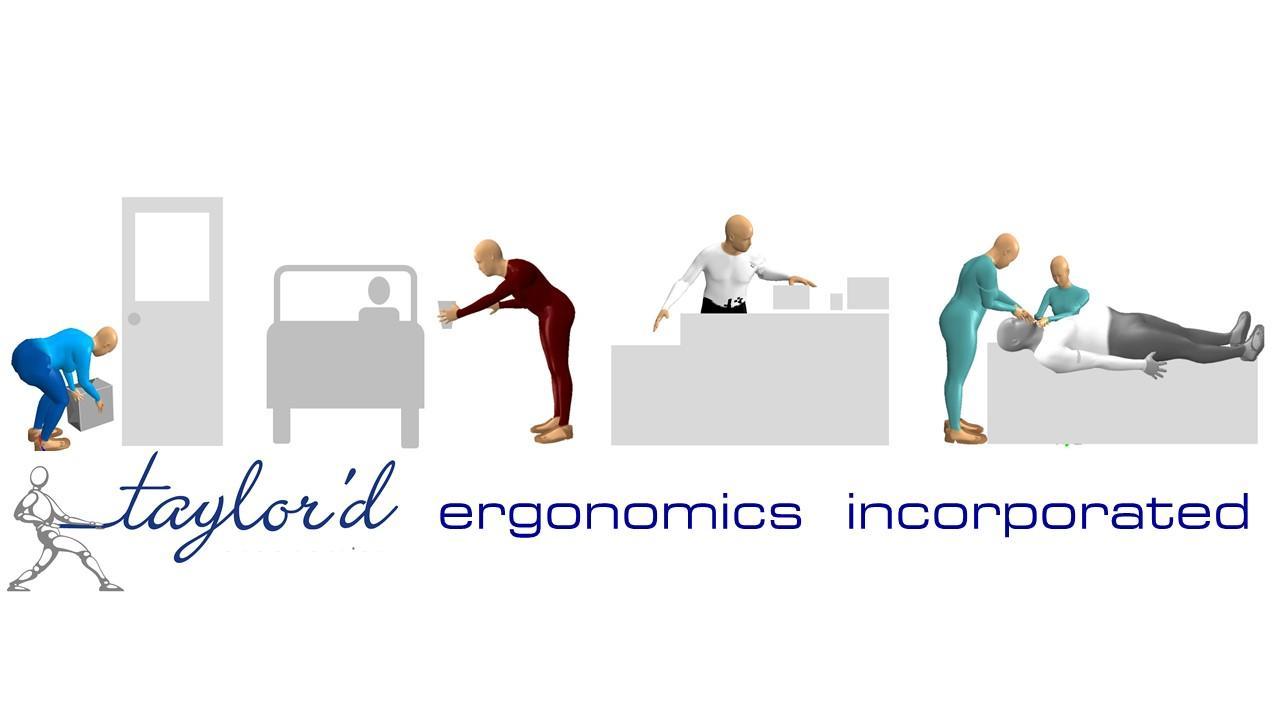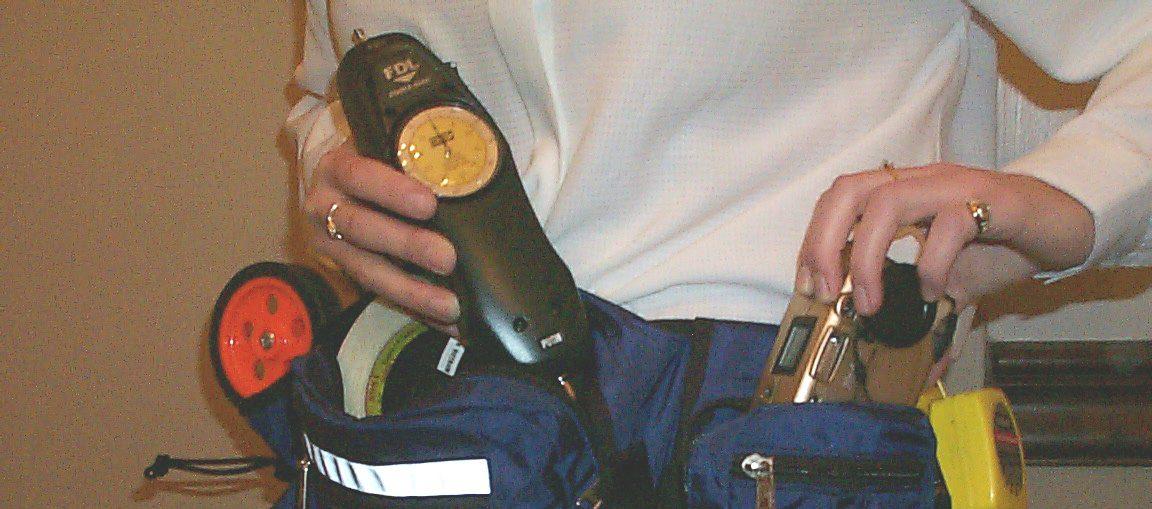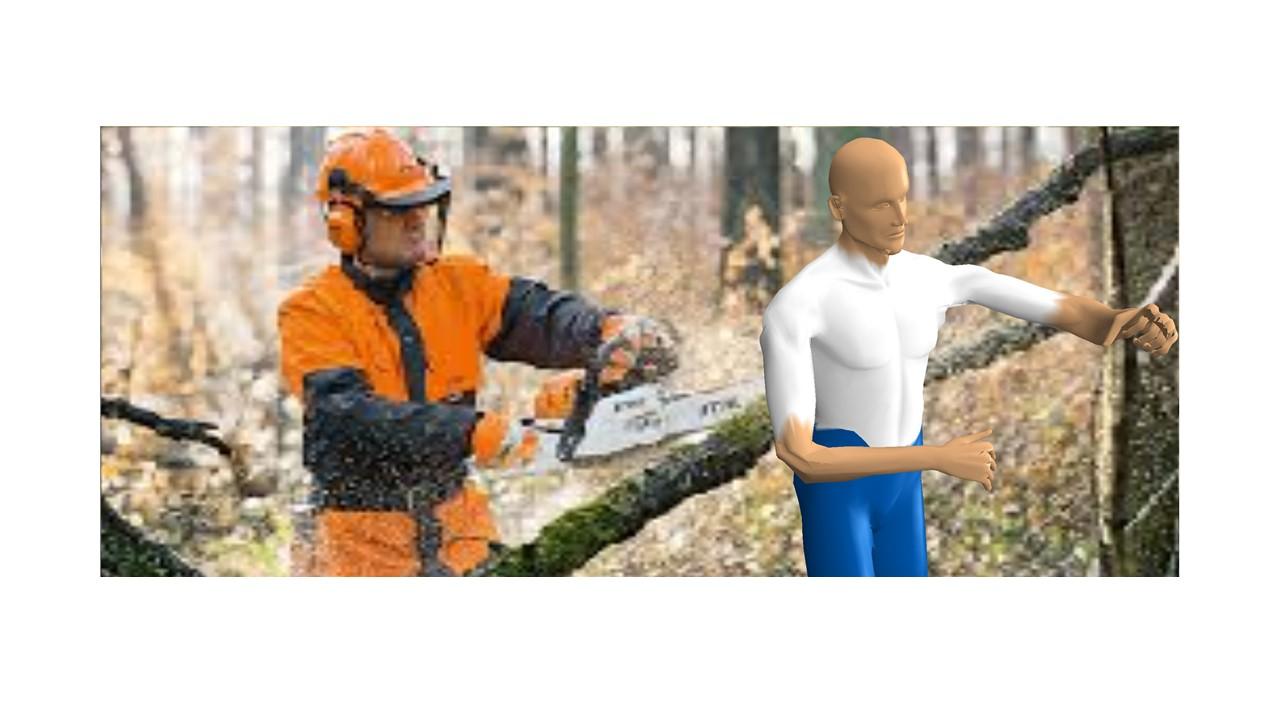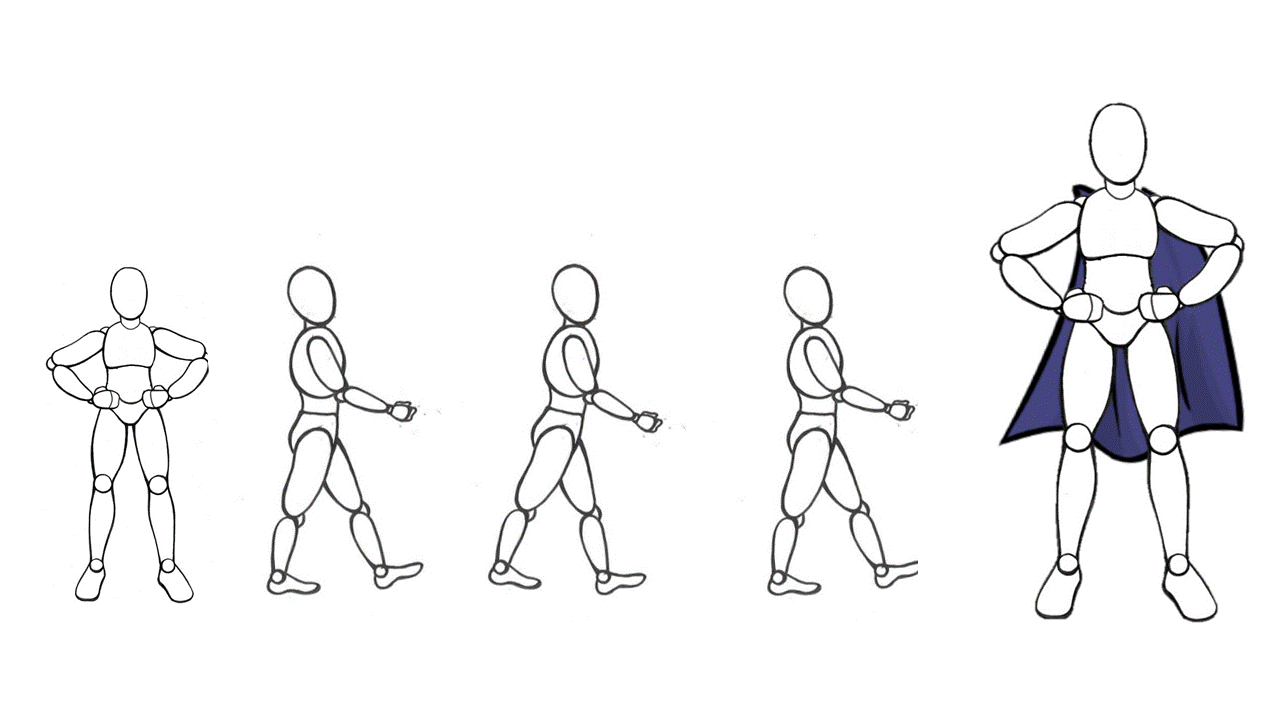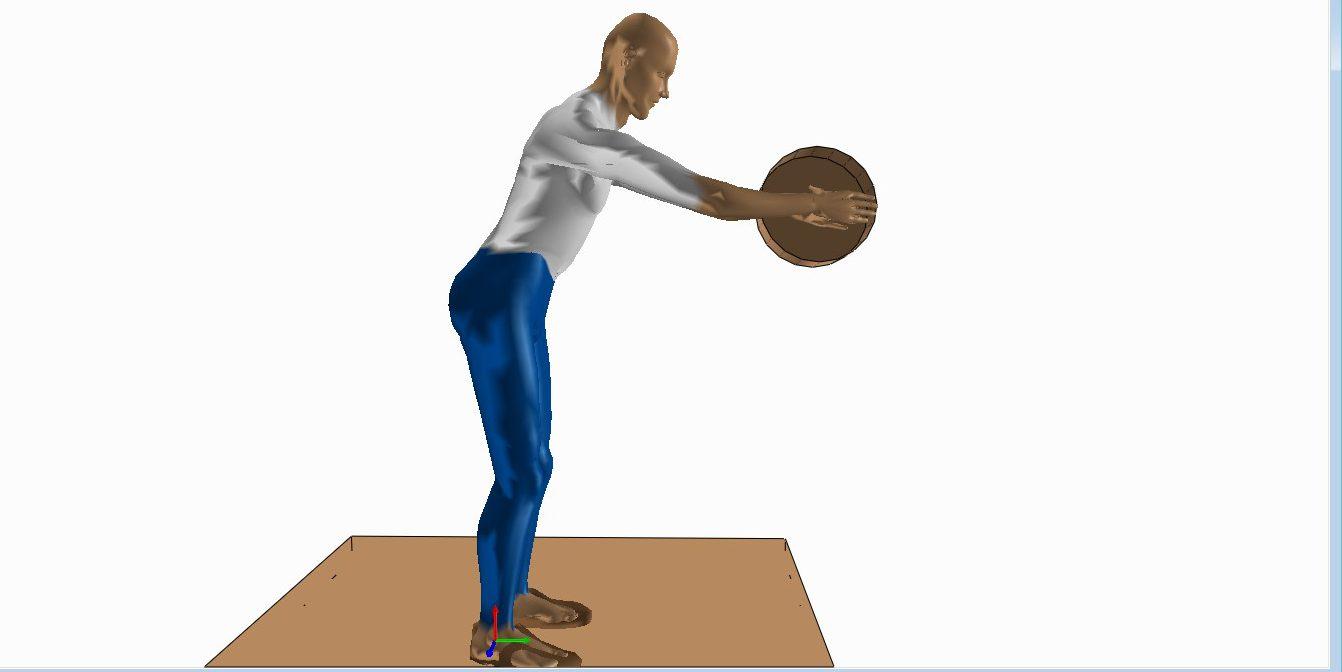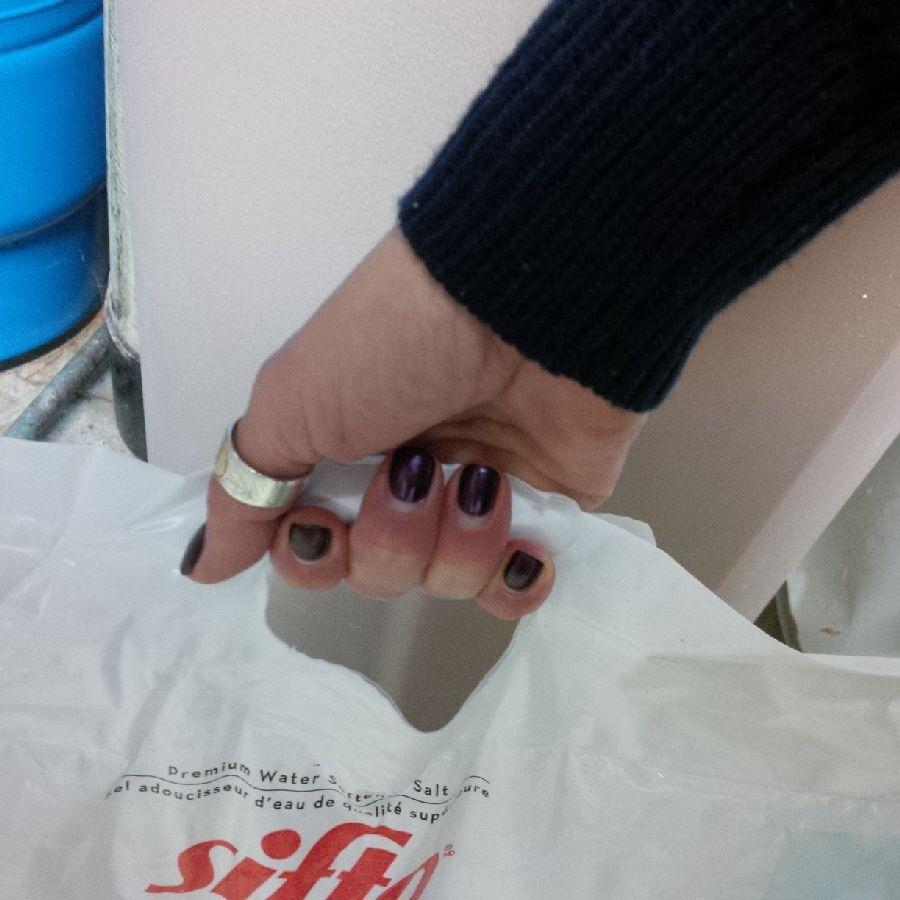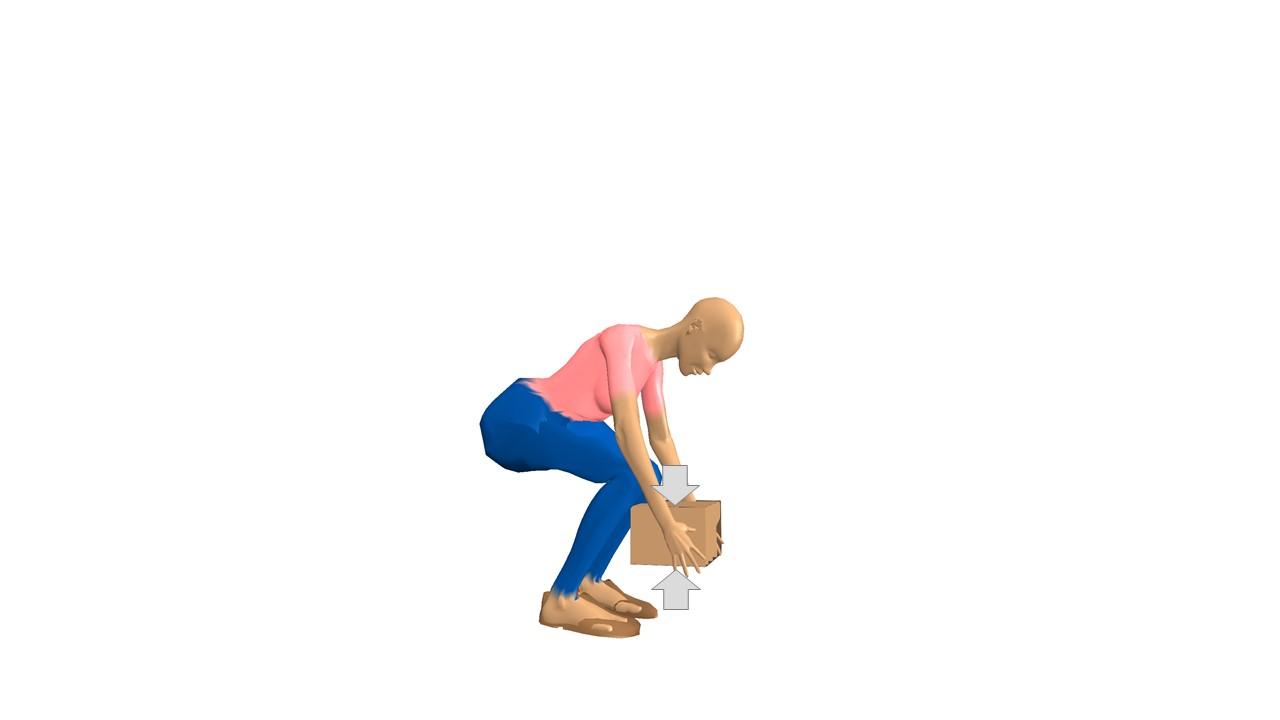Do your part: Help essential workers do their jobs, ergonomically
In our virtual team meetings, we’ve been talking about how to help home office workers. But what can we do to help essential workers, outside of their homes? Now is not the time to provide training or workplace assessments. Some of these jobs are more demanding than ever before – those of us who are […]


